Here’s a riddle: A young explorer finds a map of a buried treasure. With compass in hand, the explorer takes a perfect reading and travels for 5 miles through the wilderness. Upon arrival at the big red X, there is no treasure to be found. The map was precise, as was the compass.
The explorer doesn’t realize it, but the treasure is actually three quarters of a mile to the east. What happened?
Here’s the answer: The compass led the explorer in the direction of magnetic north, while the map pointed to geographic north. Our unfortunate explorer did not calculate for this difference (known as magnetic declination) and therefore ended up far from the coveted treasure! Which begs the question: what is magnetic north, and why is it so important?
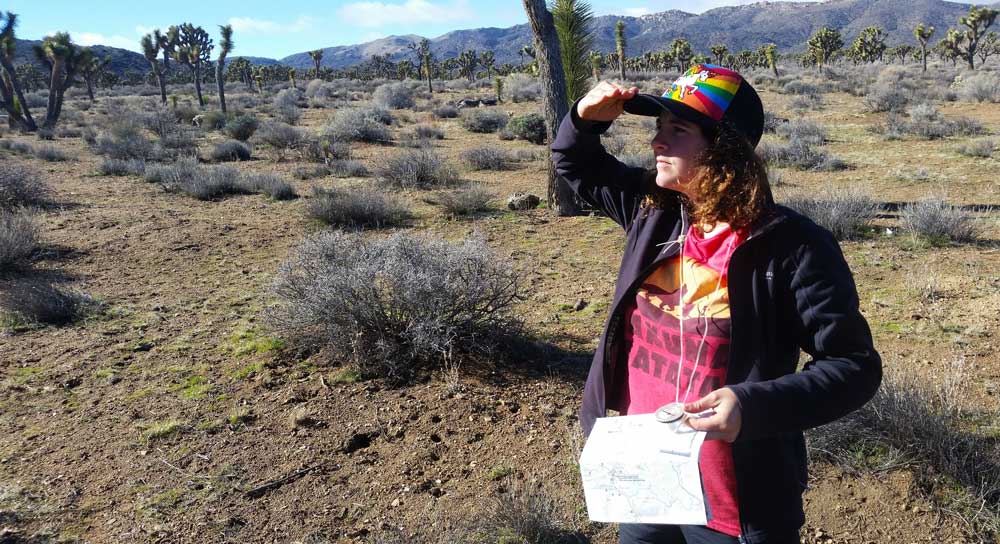
This is the look of an eager young explorer using a map and compass to search for a legendary treasure.
Geographic North
To understand this compass phenomenon, let’s begin by defining geographic north: the northernmost point on planet Earth. And where exactly is that?
If you said the North Pole, you are correct! This is also known as geographic north, or true north. When I ask students to describe the North Pole, I receive excited depictions of snow, ice, elves, and reindeer. But what is the northernmost point on our planet’s surface really like?
The North Pole, or geographic north, as I will call it, is indeed very cold. It is a point in the Arctic Ocean about 450 miles north of the country Greenland. 1 Geographic north is usually covered in sea ice. The ice drifts constantly, which is why there is no physical sign to mark the spot of geographic north. Here, everything else on planet Earth is due south, and if you gazed at the night sky, the North Star would appear to be fixed in place directly above you.
Because geographic north is so far from the equator, it receives 24 hours of sunlight during the summer and 24 hours of darkness during the winter. This means it only sees one sunrise and one sunset each year! As for the elves and reindeer – well, terrestrial animals rarely travel to the harsh and unpredictable habitat of the North Pole. While polar bears do sometimes appear, the main visitors are birds and fish. 2
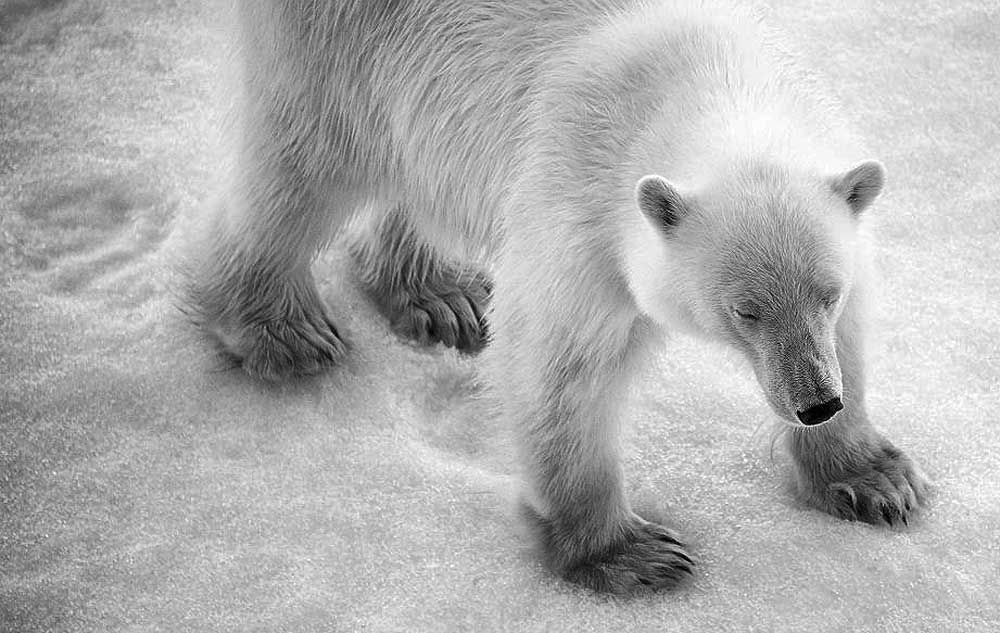 So the next time you look at a map, you can find the arrow on the compass rose labeled “north” and picture the icy section of the Arctic Ocean that it is pointing to: geographic north.
So the next time you look at a map, you can find the arrow on the compass rose labeled “north” and picture the icy section of the Arctic Ocean that it is pointing to: geographic north.
Magnetic North
What is the size of the largest magnet you have ever seen?
This question is sure to elicit excited responses from my students, and it also sets the class up for a fascinating fact about our planet: the Earth is basically a giant, floating magnet. Just like a magnet on your refrigerator has a magnetic field that allows it to stick to your refrigerator, the Earth has a magnetic field which encompasses the entire planet.
So how is the Earth’s magnetic field formed? Science has yet to give a definite answer to this question. However, there is a general consensus about how the magnetic field is formed, and to understand it we must travel to the center of the Earth. The Earth’s core is made of several layers. At the very center, the core is solid. This is because heavy, dense metals naturally sink to the center, where they are further solidified by immense pressure.
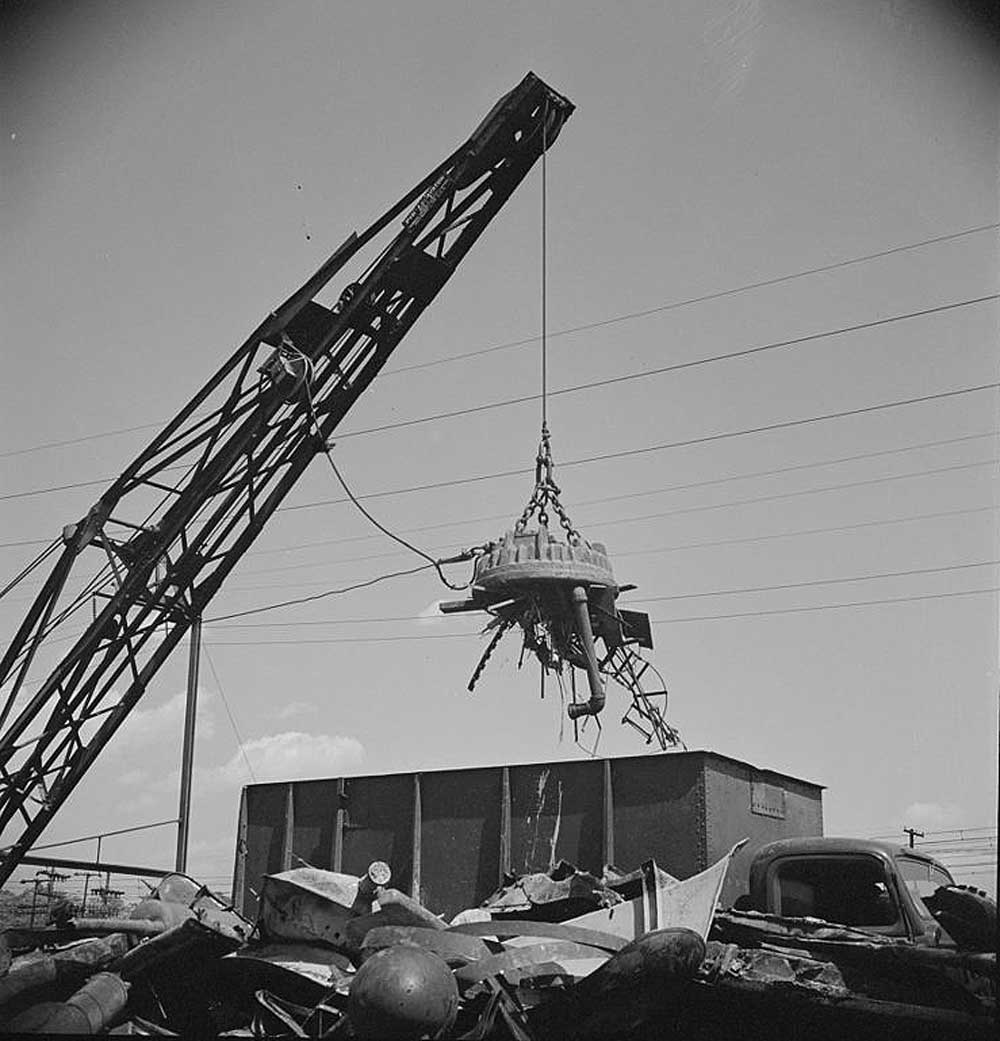
Yup, that’s a big magnet.
The outer core, however, is composed of hot liquid (primarily iron). Just like hot water that boils in a pot, the hot liquid in the Earth’s outer core is in motion. This motion is called convection. The hottest liquids rise to the surface while cooler liquids sink to the bottom. This movement is known as a convection current, and this current is believed to generate the Earth’s magnetic field. 3
As with any magnet, the Earth’s magnetic field has a positive and a negative pole. These poles are what cause magnets to be attracted to or repelled from each other. Matching poles (positive/positive or negative/negative) repel one another while opposite poles (positive/negative) attract one another. The pole of the Earth’s magnetic field that is located on the northern hemisphere is known as magnetic north. Because the Earth’s magnetic field is tilted, magnetic north does not match up with geographic north.
In fact, magnetic north is nearly 500 miles southwest of geographic north!
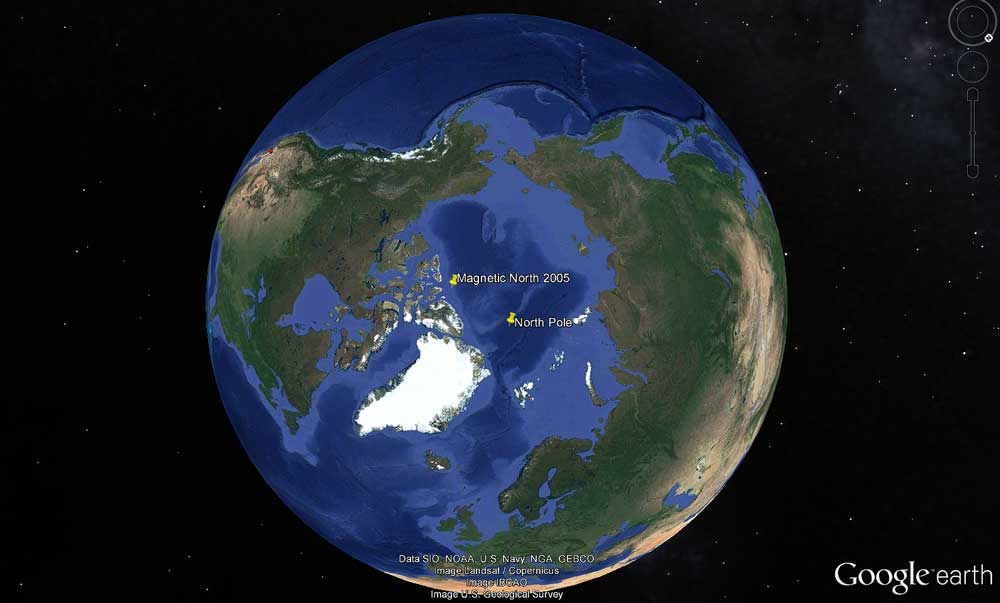 Back to our riddle: why did the explorer not find the treasure?
Back to our riddle: why did the explorer not find the treasure?
Which location was the explorer’s compass pointing to: magnetic north or geographic north? A compass works using magnetism, and therefore it is magnetic north that the needle of a compass is attracted to when it points north.
A map points to geographic north, and a compass points to magnetic north. So when you take into account the 500 mile distance between these two north poles, we have a recipe for disaster – just ask our explorer. Furthermore, magnetic north is constantly moving. That’s right! Because the Earth’s hot liquid core is in motion, so too is magnetic north. It is currently moving at a rate of almost 40 miles per year. 4
Now you see how important it is to understand the difference between magnetic north and geographic north in order to safely use a map and compass. The degree of difference between these two locations is known as magnetic declination, and calculating this magnetic declination is crucial to successful wilderness exploring!
Magnetic Declination
Before using a map and compass together, it is important to be aware of magnetic declination, which is measured using the angle of difference between magnetic north and geographic north. Magnetic declination varies depending on your location on Earth. Here is a visual to demonstrate how this works:
In some places in the United States, magnetic declination is less than 1 degree. In other places, such as Alaska, there is a difference of 30 degrees or more between magnetic north and geographic north! Here at High Trails, the magnetic declination is 11 degrees east. This means that a compass used at our orienteering course points 11 degrees to the east of geographic north.
In order to adjust for this difference, our eager wilderness explorer should have subtracted 11 degrees from the reading taken on the treasure map. Now the treasure is ready to be found!
Are compasses relevant?
Occasionally I have students who struggle connecting our Orienteering class to their everyday lives. Beyond the basic answer – that orienteering is a practical survival skill – I aim to inspire my students with the story of how orienteering has enriched my own life. It would be impossible for me to experience my own happy place without the skill of orienteering. This place is the Boundary Waters Canoe Area Wilderness, where I guide canoe trips every summer using map and compass. This enchanting place is where I first discovered my love for the outdoors and my desire to become an advocate for our precious ecosystems.
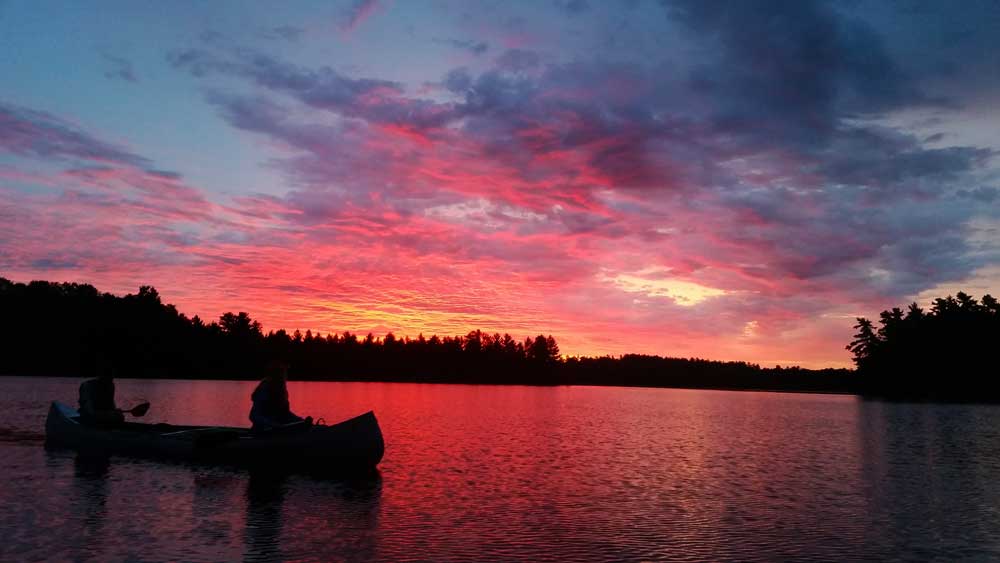
So wherever your treasure lies, may you find it confidently by understanding how magnetic north affects compass navigation. Happy trails!
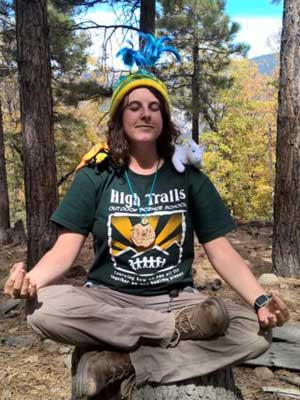 At High Trails Outdoor Science School, we literally force our instructors to write about elementary outdoor education, teaching outside, learning outside, our dirty classroom (the forest…gosh), environmental science, outdoor science, and all other tree hugging student and kid loving things that keep us engaged, passionate, driven, loving our job, digging our life, and spreading the word to anyone whose attention we can hold for long enough to actually make it through reading this entire sentence. Whew…. www.dirtyclassroom.com
At High Trails Outdoor Science School, we literally force our instructors to write about elementary outdoor education, teaching outside, learning outside, our dirty classroom (the forest…gosh), environmental science, outdoor science, and all other tree hugging student and kid loving things that keep us engaged, passionate, driven, loving our job, digging our life, and spreading the word to anyone whose attention we can hold for long enough to actually make it through reading this entire sentence. Whew…. www.dirtyclassroom.com

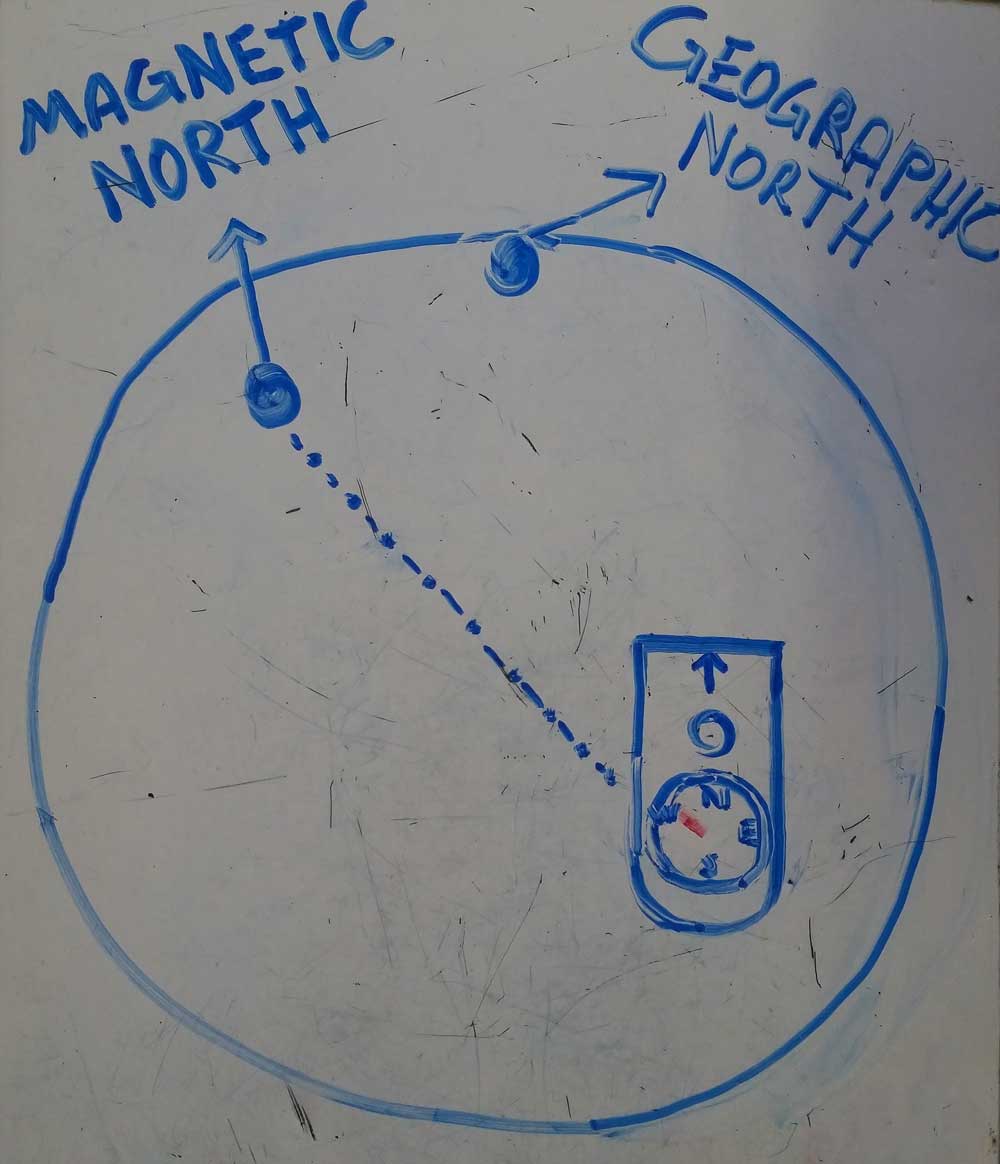
Comments are closed.